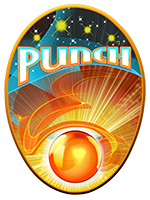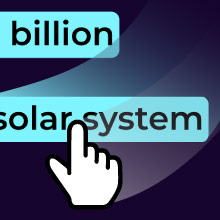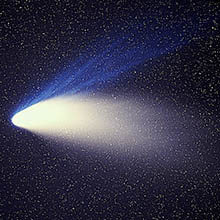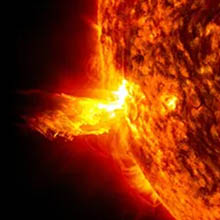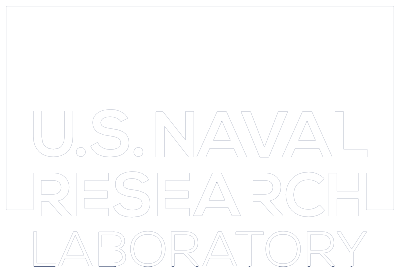Congratulations! You got them all right!

PUNCH is an abbreviation (or acronym) for a NASA mission. What do the letters stand
for? ● What is the mission designed to do?
Click (or touch) anywhere to go back and review or screen capture your work.

 #6. The NASA PUNCH MISSION
#6. The NASA PUNCH MISSION
The NASA PUNCH Mission studies how the Sun’s corona expands to become the “solar wind” and tracks how solar storms change as they travel between the Sun and Earth.

Left: An artist’s conception of the space between the Sun and Earth that we call the inner heliosphere. There is a solar storm erupting from the Sun’s corona, traveling in the solar wind toward Earth with its magnetic shield (purple). Right: The four turquoise cones around Earth represent the cameras on the four PUNCH spacecraft looking into the solar wind flow to observe and track the storms and other space weather features of the inner heliosphere.
Image credits: NASA and SwRI
Drag-and-drop fill-in-the-blanks
FITB #6. Challenge Level: High. Word count: 336.
# Blanks: 15. Prerequisites: #1 (Where is the Sun?),
#4 (Solar Wind), and
#5 (Solar Storms).
- DRAG & DROP the words into the spaces in the paragraph below to FILL-IN-THE-BLANKS. NOTE: The word will only drop successfully when the cursor tip (or your fingertip on mobile devices) is within the light-colored box above the blank which will turn yellow when the word is properly positioned.
- TO UNDO YOUR CHOICE click on the blue circle next to the dropped word.
solar storms
satellite
inner
corona
solar eclipse
heliosphere
solar wind
electrons
space weather
polarimeter
movies
Earth
four
unified
polarized sunglasses
During a total
,
when the Moon totally covers the Sun’s disk in the sky, our eyes can see
the white glow and rays of the Sun’s outer atmosphere, called the solar
.
PUNCH is a NASA Small Explorer mission consisting of four small, Earth-orbiting spacecraft launched on a single rocket. Each
carries a camera that helps to study how the solar corona expands to become the “solar wind.” This fast flow of electrically
charged particles (ions and
)
speeds out in all directions from the Sun. The solar wind extends beyond the orbit of Pluto and defines the vast region
of space influenced by the Sun called the
.
PUNCH studies the
heliosphere between the Sun and Earth.
The
PUNCH spacecraft are spread out in a low orbit around Earth so that the combined view of their cameras can see
continuously in all directions around the Sun. The mission studies the inner heliosphere together with the Sun’s outer
corona as a single,
system. That’s why PUNCH stands for the Polarimeter to UNify the Corona and Heliosphere.
The “P” in PUNCH stands for
"
"
(pohl-ar-IM-eh-tur) – a device that measures polarization, like a speedometer measures speed or an altimeter measures
altitude. Sunlight interacting with the electrons of the
causes the light to be polarized. The polarization filters on the PUNCH cameras are similar to the lenses of
.
The mission uses these filters to measure how strongly polarized the light is from
and other types of “space weather.” This measurement tells heliophysicists where such space weather features are located
in 3-dimensional (3D) space and how they are moving and changing.
Storms can leave the Sun in any direction so only a few of them can hit
.
PUNCH can observe them all and thus monitor the
in the entire inner heliosphere. The PUNCH mission is designed to provide data that lets PUNCH scientists
make the best 3D images and
of solar storms ever made!
Check Your Answers
More Fill-In-the-Blank games
Please contact PUNCH Outreach with questions, ideas, or other comments about this product.
